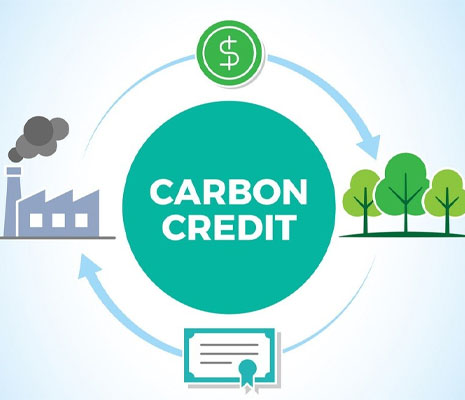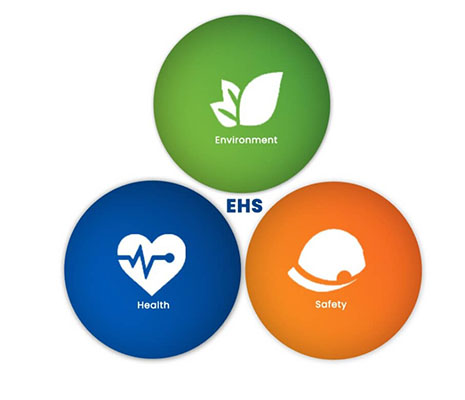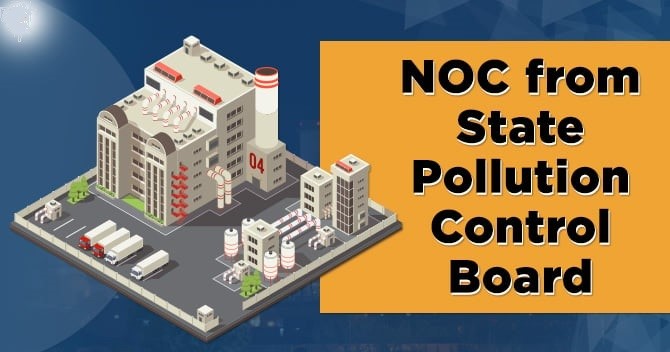Environment Impact Assessment (EIA)
An Environmental Impact Assessment (EIA) is a formal, systematic process used to evaluate the potential environmental consequences of a proposed project or development before it is implemented. It ensures environmental considerations such as air, water, soil, noise, biodiversity, socio-economic, cultural, and human health impacts are fully integrated into decision-making and helps balance development with sustainability.
Clean Development Mechanism (CDM)
Its established under Article 12 of the Kyoto Protocol, allows developed nations to finance emission-reduction initiatives in developing countries. These projects spanning areas like renewable energy, energy efficiency, and waste management generate Certified Emission Reductions (CERs), each representing one tonne of CO₂ avoided. CERs can be traded or used by investors to meet their Kyoto emission targets.
Climate Change Management (CCM)
Climate Change Management is a proactive approach that blends both:
Mitigation- actions to reduce greenhouse-gas emissions (e.g., switching to clean energy, boosting energy efficiency, restoring ecosystems), and
Adaptation- efforts to prepare for and adjust to the impacts of climate change (e.g., building flood defenses, implementing early warning systems, climate-resilient farming).
This integrated process involves assessing climate risks, planning strategies, implementing solutions, and monitoring outcomes ensuring communities, businesses, and environments are resilient and sustainable in a changing climate
Rehabilitation and Resettlement Assessment (RRA)
It is an early-stage evaluation conducted before a project that may displace people (like building roads, dams, or factories).
Environment Management Programme (EMP)
An Environment Management Programme (EMP) is a practical plan that outlines how to manage and minimize environmental impacts during a project from construction through operation and closure. It specifies actions, responsibilities, monitoring steps, and contingency plans to ensure the project meets environmental standards and runs sustainably
Environment Health Security (EHS)
Environment, Health & Safety (EHS) is a unified approach that organizations use to:
Protect the environment by managing pollution, waste, and resource use.
Ensure workplace safety through identifying hazards, preventing accidents, and running emergency response procedures.
Promote health by reducing workplace illness and ensuring safe working conditions.
NOCs FROM STATE POLLUTION CONTROL BOARD
An NOC (No Objection Certificate) from the state pollution board, known as a Consent to Establish (CTE) and Consent to Operate (CTO), is a mandatory permit for businesses that may emit air pollution or discharge effluents. The process involves applying online, submitting required documents, undergoing an inspection, and adhering to environmental laws for both the establishment and operation of your industry.
Consent to Establish (CTE): Obtained before constructing a facility or starting a project, affirming that environmental standards will be followed.
Consent to Operate (CTO): Issued after establishing the facility to ensure ongoing compliance with pollution norms.
Other NOCs:
- Ground water Abstraction
- E-waste Management
- Hazardous Waste Management
- Biomedical Waste Management etc.







